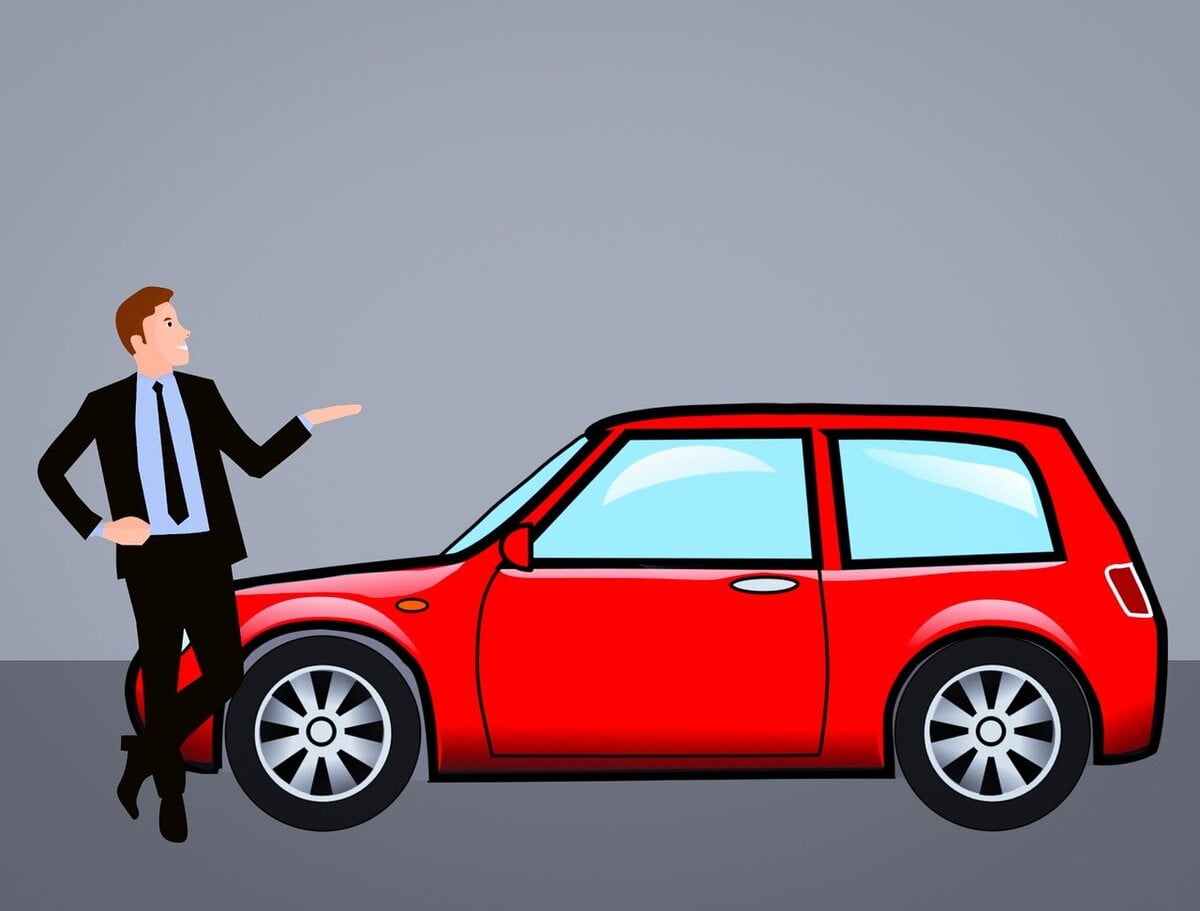Guidelines for Getting Behind the Wheel of a Car. A Ten-Step Plan to Save Money While Getting More Car
Buying a car is a big commitment, but with the proper knowledge, you can make it feel more like a walk in the park instead. Making a well-thought-out plan of what you want and how much you’re ready to pay before shopping will help you save time and money. If you want a better automobile purchase at the best price, here are ten steps to take:
Look at your finances: The first critical step is establishing a budget. If you make a budget and stick to it, you can narrow your car selection down to affordable models.
Pick the right time of year when car lots are stocked to the gills with vehicles. Prices are lower, incentives are higher, and bargains abound at certain times. Potentially ideal times are January or the summer months (July–October). Consequently, waiting for the best possible time to purchase an automobile is highly recommended.
Do your homework on the cost of vehicles if you want to get the best deal possible. Since you can only consider cars that fit within your price range, you should look up their pricing on sites like Edmunds.com, Kelly Blue Book, and NADA to see what they’re currently going for on the market. The most crucial thing you can do is get as many price quotations as possible for the vehicles you’re considering. Although there is a wide range of sticker prices for automobiles, the invoice price is the one you should focus on first when haggling.
Create two lists: There are benefits and drawbacks to both buying a new and a used car. New cars, for instance, have all the latest and greatest features, but their value drops by as much as 11–15 percent the moment you drive them off the lot. On the other hand, used automobiles can be a great place to find bargains depending on the state of the market, but they can be expensive to maintain and finance. You should make two lists, one for cars you’re interested in buying and the other for their average prices.
Determine your needs and pick a suitable car: With two lists and a garage full of vehicles, it’s time to start categorizing everything. For instance, whatever features are crucial to you? Do you plan on towing anything with the car? Is there a need for a large vehicle in your family? Want a car that’s easy on gas money?
Think about your payment options: Buying a car with cash or taking out a loan are the two primary options for payment. If you decide to finance the vehicle, you will make a down payment and subsequent monthly payments until you have paid off the entire loan. Paying in cash is preferable if at all possible, but many consumers opt for payment plans instead. Suppose you need to take out a loan; put in as much money as possible. If you’re looking for a reasonable interest rate on a loan, you shouldn’t go through a dealership’s financing alternatives; instead, try your luck at a bank, credit union, or internet lending platform like E-loan or Lending Tree.
You should consider the cost of insurance and the warranty length. Remember that the insurance rates for a sports car or other high-demand vehicle will be greater than those for a more modest vehicle. The warranty for an accident or different covered breakdown covers your vehicle’s maintenance costs. If you want to avoid spending extra money on an extended warranty, you must ensure the automobile you buy, whether new or secondhand, comes with a manufacturer’s warranty.
Before buying a used automobile, you should take it for a test drive and thoroughly inspect it. You should have a reliable mechanic look over a used automobile before buying it to ensure there aren’t any hidden faults. In addition, you should get a report on the car’s past to see if it’s been salvaged, stolen, or in an accident. Spend sufficient time on the test drive to get a feel for the car’s handling and assess whether or not it will meet your needs going forward. If you’re uncomfortable in the vehicle, move on to the next. Don’t make a hasty decision; instead, think things through carefully so that the dealer or salesperson does not sway you. You’ve done your research and know what to do to maximize your savings.
The price can be negotiated with assurance if you’ve done your homework and come prepared with two lists. Get loan rates and price quotations to use as bargaining tools. If the car you want is brand new, it’s best to know its “invoice price” before beginning negotiations. If you’re buying a used vehicle, on the other hand, you should be familiar with its most recent resale price.
Finally, once you’ve decided and chosen a car to buy, consider twice before signing anything. Signing an “as is” statement before inspecting the vehicle’s performance and comfort levels is terrible. Don’t sign anything unless you’ve read the fine print and thoroughly understood its implications. Don’t be pressured into signing anything hastily; take your time reading the entire contract, or even better, bring an attorney with you to help finalize the paperwork.
As you can see, many factors are considered while negotiating the price of a new or used car. Before making a purchase, it’s ideal to have a clear idea of your needs and budget. To appreciate your favorite vehicle, plan beforehand.
Muhammed F. Omran wrote this article about car shopping advice. Visit http://muhammedfomran.hubpages.com/ for more free resources, including expert advice and tried-and-true methods on automobile shopping.
Read also: https://oldtoylandshows.com/category/automobile/

